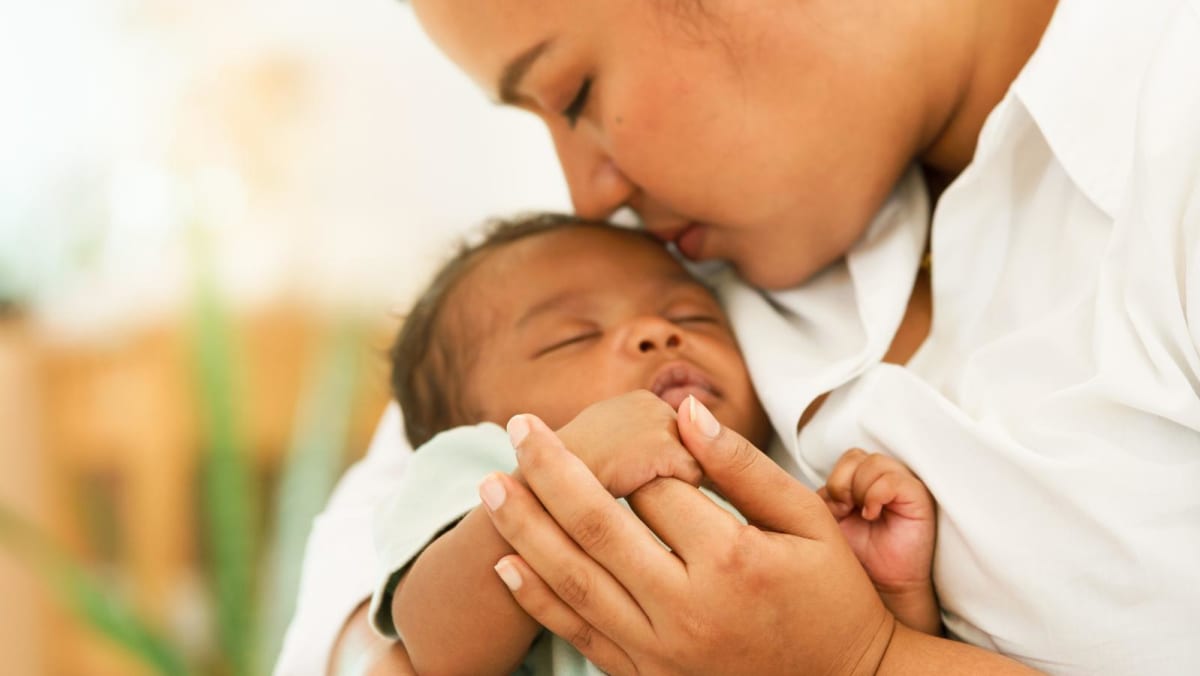
Here are two things to consider when shopping for a breast pump.
MANUAL OR ELECTRIC BREAST PUMP?
It really depends on one’s comfort level and needs. A colleague who breastfed both her kids swore by her trusty manual single pump. She found the electric pump painful to use. Pumping by hand allowed her to control the pressure more intuitively, even though it gave her quite a workout.
On the rare occasion that she had blocked ducts, she managed by latching her baby and using the manual pump regularly until the blockage cleared.
An electric pump will do all the hard work for you but tends to be more expensive than a manual pump. Mums who prefer an electric pump feel it does a more thorough and faster job, which may help to prevent plugged milk ducts.
For some who have fattier milk and are more susceptible to mastitis, a hospital-grade pump – though more expensive – is the best way to unblock those painful milk ducts.
Of course, using an electric pump means you need an electric plug or batteries. A manual pump eliminates all that and is lighter to pack. Some mums thus use an electric breast pump on a daily basis but switch to a manual one when they have to be on the run or on business trips.
SINGLE OR DOUBLE PUMP?
Using a single pump on one breast, then the other, will naturally take more time compared to using a double pump. If a mum is rushed for time, she may sometimes cut short or even skip expressing milk from the second breast. If that happens frequently enough, it may lead to blocked milk ducts and mastitis.
There are ways to work around this. Breast pump maker Medela recommends that “if you’re single pumping, alternate and switch breasts every five minutes until your milk flow stops”. Think of it as how you’d alternate breasts when you latch your baby.
Whatever your preference for breast pumps, the key thing is to clear both breasts adequately – although not completely – when you express milk. Emptying both breasts may lead to an oversupply of milk. While having plenty of milk may sound like a good problem, it may backfire on you and increase your risk of mastitis.

